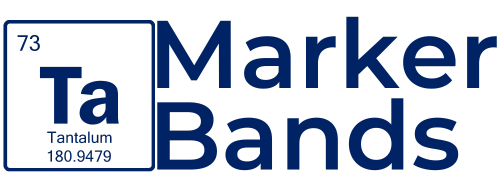Tungsten (W)
- All Products
- Tungsten

Overview
Tungsten, known for its remarkable physical properties and diverse applications, is a rare, high-density metal belonging to the refractory metals group. Its chemical symbol is W, derived from its earlier name, “wolfram.” With a melting point of 3,422°C, the highest among all pure metals, and exceptional thermal and electrical conductivity, tungsten is an essential material in various industries, from aerospace and electronics to medical equipment and energy. This metal is renowned for its robustness under extreme temperatures, making it a valuable choice for demanding applications.
Tungsten Properties
- Atomic Number: 74
- Atomic Weight: 183.84 g/mol
- Density: 19.25 g/cm³
- Melting Point: 3,422°C (6,192°F)
- Boiling Point: 5,555°C (10,031°F)
- Thermal Conductivity: 173 W/m·K
- Electrical Resistivity: 52.8 nΩ·m (at 20°C)
- Crystal Structure: Body-Centered Cubic (BCC)
Tungsten’s high density, combined with its excellent thermal conductivity and ability to withstand extreme heat without significant deformation, makes it ideal for applications in environments where other metals would fail.
Key Applications of Tungsten
Electronics:
Commonly used in electrical contacts, X-ray tubes, and heat sinks due to its high melting point and conductivity.
An essential component in integrated circuits and semiconductors.


Medical Equipment:
Utilized in radiology equipment and radiation shielding.
Tungsten alloy parts are used in surgical instruments, cancer treatments, and diagnostic imaging.
Aerospace and Defence:
Used in rocket nozzles, high-temperature shielding, and radiation-proof coatings for satellites.
Essential for armor-piercing ammunition due to its density and hardness.


Energy Sector:
Plays a role in nuclear power plants as a shielding material due to its ability to absorb radiation.
Applied in the oil and gas industry for drilling applications and exploration.
Industrial Machinery:
Tungsten carbide, an alloy of tungsten, is used for cutting tools, mining equipment, and wear-resistant components.
Manufacturing of high-temperature furnace parts and molds.

Safety Information
Tungsten is generally considered safe to handle in solid form.
However, tungsten dust or fumes generated during processing can pose inhalation risks. Proper safety equipment, such as masks and ventilation systems, should be used to minimize exposure. For detailed safety guidelines, refer to the Safety Data Sheet (SDS) provided with the product.
Why Choose Tungsten?
-
High Purity:
We provide ≥99.95% pure tungsten and custom alloy compositions tailored to your needs.
-
Precision Manufacturing:
Our products meet stringent quality control standards and industry specifications.
-
Wide Range of Sizes and Forms:
Available in wires, rods, sheets, tubes, and more.
-
Custom Solutions:
We offer machining and fabrication services for tailored tungsten parts and components.
Explore Our Tungsten Products
Discover our comprehensive range of Tungsten products
Whether you’re working in electronics, aerospace, medical, energy industries, our high-quality Tungsten offerings will meet your requirements.
Frequently Asked Question
Marker bands are usually made from radiopaque materials such as platinum, platinum-iridium alloy, tantalum, or gold, which are highly visible on X-rays.
Marker bands are widely used in various medical fields, including cardiology, neurology, urology, and orthopedics. They are particularly helpful in guiding catheters during procedures like angioplasty, deep brain stimulation, kidney stone removal, and implant placement.
Yes, marker bands are generally considered safe and biocompatible. They are designed to be well-tolerated by the body and do not typically cause adverse reactions. However, as with any medical procedure, there may be rare risks associated with their use, such as allergic reactions or migration.





